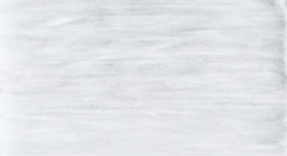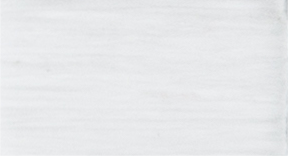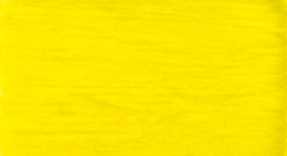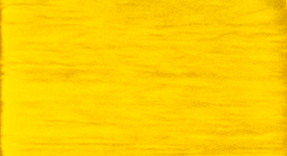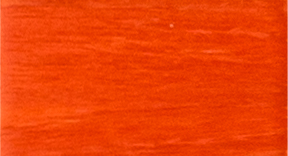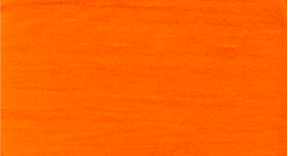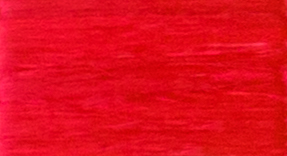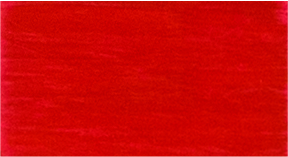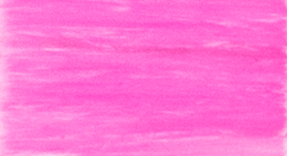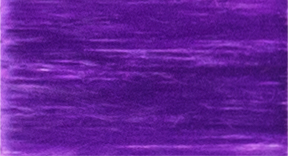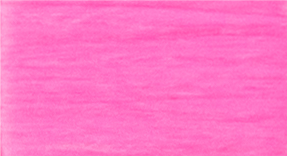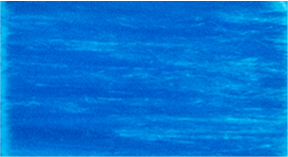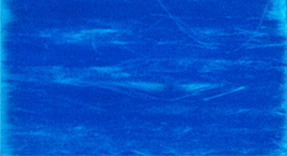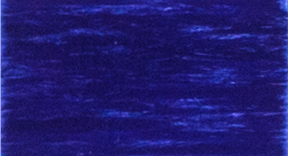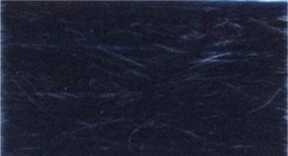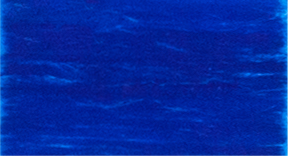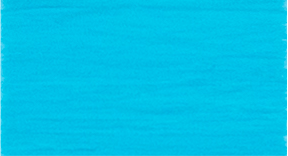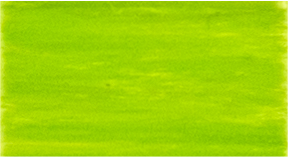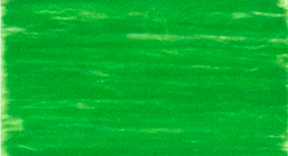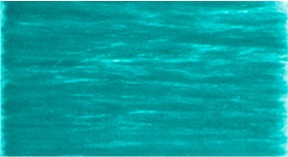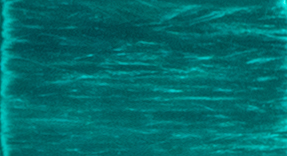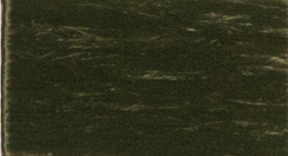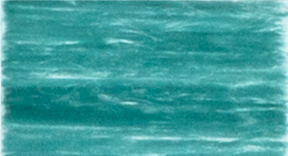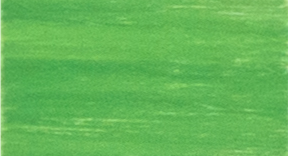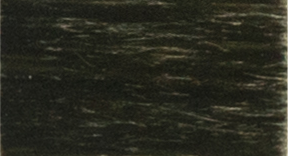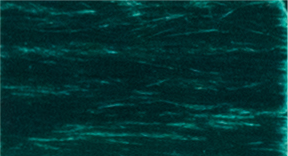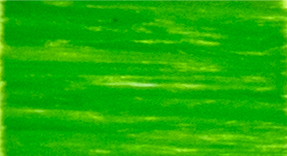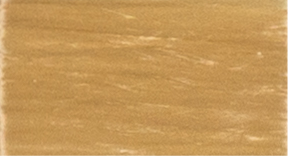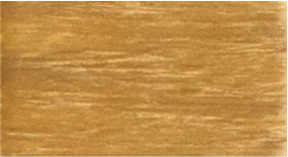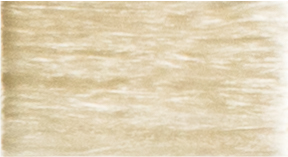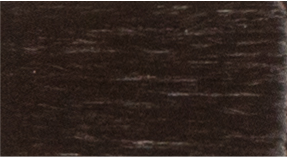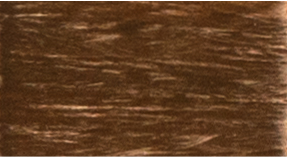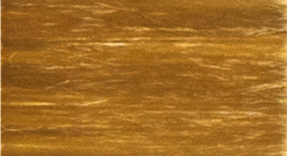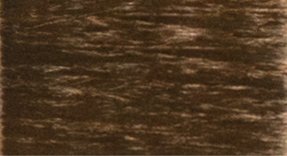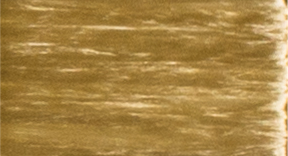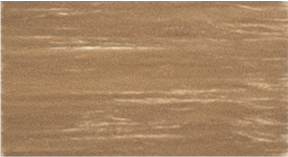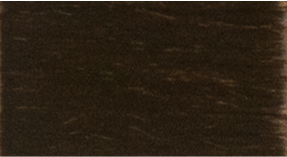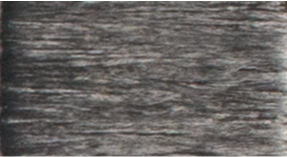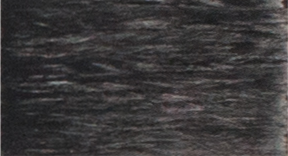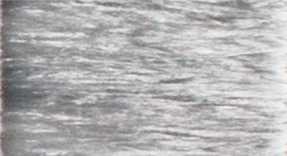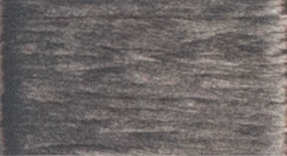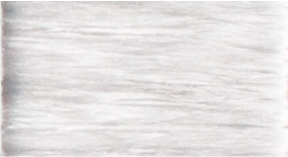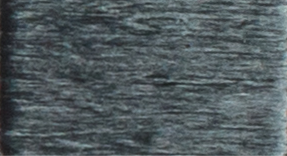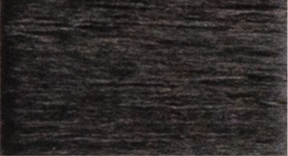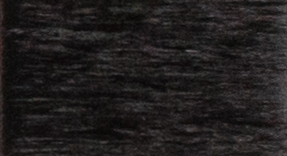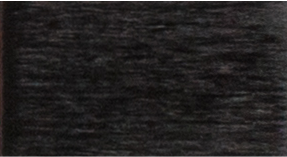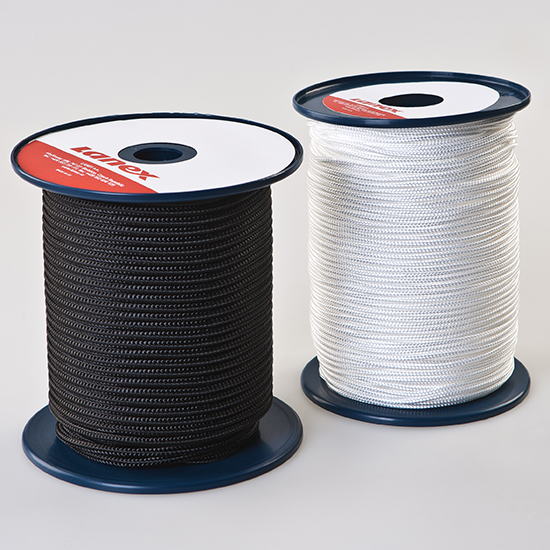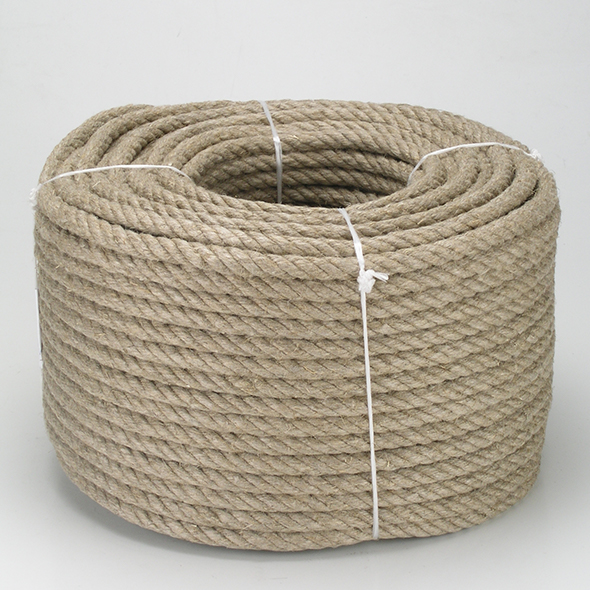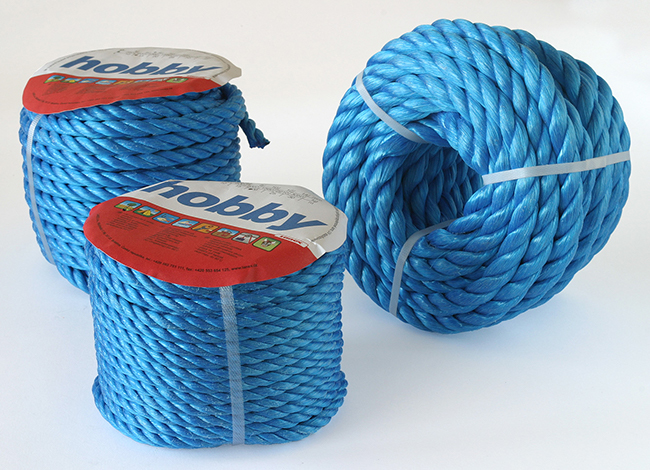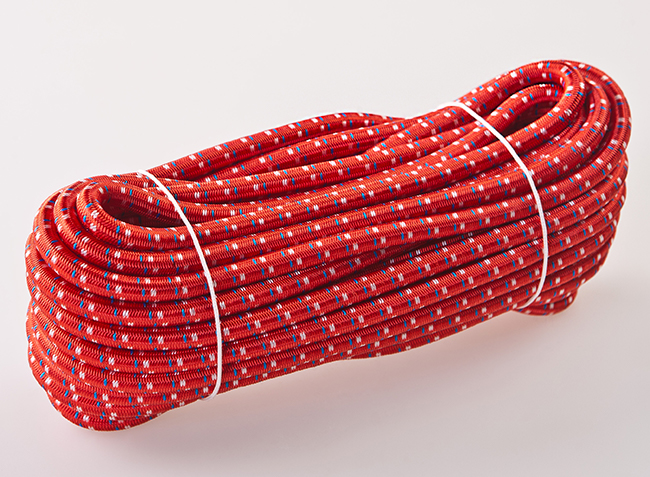LANEX manufactures yachting ropes and lines that reach high standards. However, the conditions under which the ropes are used significantly affect their properties. Following these recommendations will extend the life of the ropes used and also increase safety when using these ropes on the boat.
- The first step to proper care is coiling and uncoiling the rope. Ideally, the rope should be wound in a figure of eight shape, which prevents the rope from twisting and looping.
- Avoid unnecessarily exposing the rope to rough surfaces, sharp edges, chemical influences and high temperatures.
- Store ropes clean and dry out of direct sunlight.
- Avoid bending the rope sharply when subjected to tension, as only about half of the fibres would be stressed in this case. The minimum bending diameter of the rope should be six times the diameter of the rope.
- Ropes wear significantly in exposed areas where they are exposed to friction and abrasion for long periods of time. It is therefore advisable to check these points and regularly change the rope settings so that the rope is more evenly loaded. The most exposed areas of ropes are the areas that come into contact with kerfs, grommets, pulleys, etc.
- Salt crystals are a natural abrasive that negatively affects the life and reliability of the rope. Prevention can be by soaking and washing the rope in warm (approx. 30 °C) non-salty water and then drying it in a shady place.
- Never stand in the direction of the rope’s tension, as the rope can cause serious injuries if it breaks. Undersized fittings increase the risk of injury when they break off.
- Regularly inspect the ropes to ensure that they are fit for purpose and the conditions of use. Remove non-compliant ropes from operation. A sign to scrap a rope can be e.g.:
- significantly damaged rope braid,
- dusting of the rope core (internal abrasion),
- rope fibres disintegrate once rubbed by the hand (material degradation due to UV radiation),
- internal fibres poking out through the outer rope braid,
- hardened rope part,
- baked rope fibres,
- rope damage due to chemical influences.





